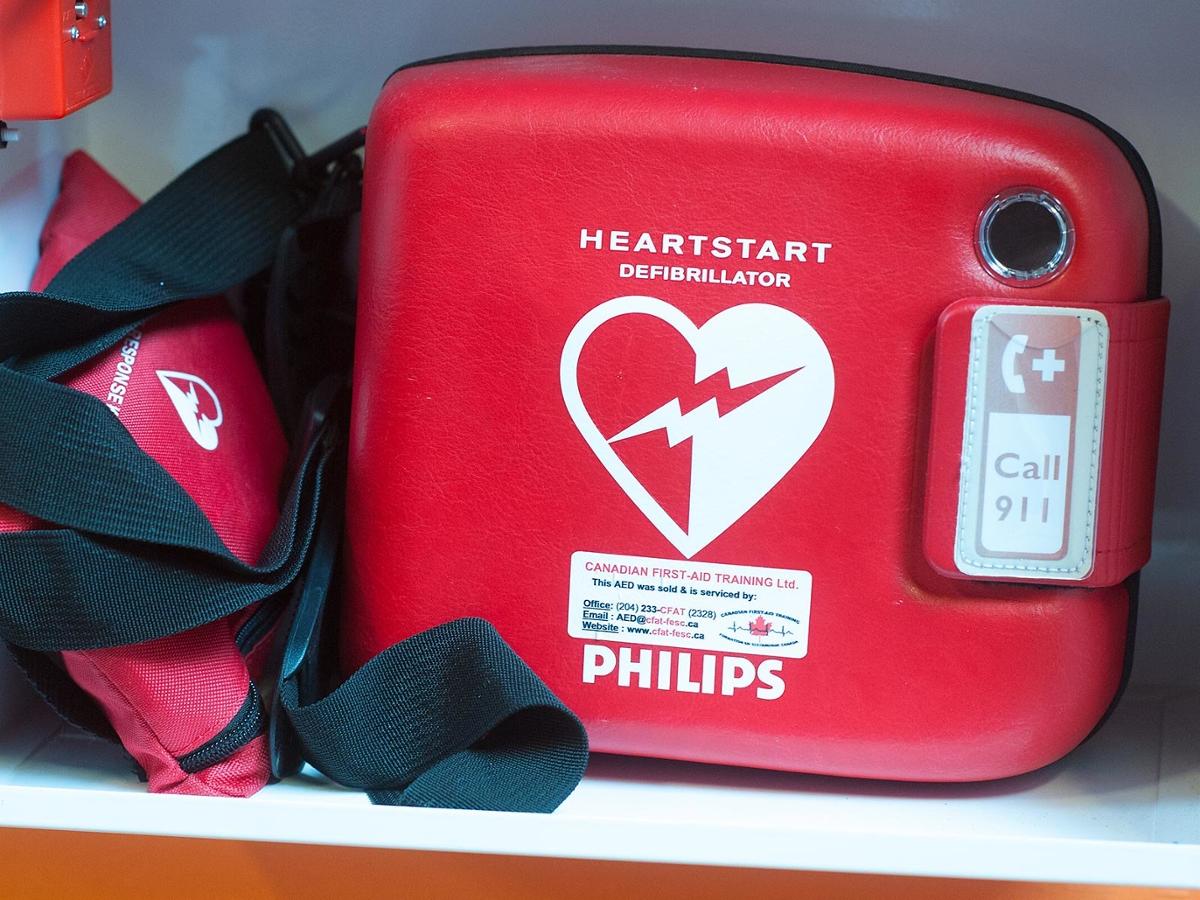D: Hey Yaël, do you have...
Y: Shh! I'm watching my favorite medical drama, "Very Attractive Doctors."
D: Sorry. What's going on?
Y: A terrible accident victim was just brought into the ER. Oh no, she's flatlining! Quick, grab those paddle things and shock her!
D: Wrong move.
Y: Whaddya mean? See, Dr. Smith is trying to shock her back to life. Flat line! Clear! Zap!
D: That may be how it's done on TV, but not in real life. See, those paddles, which are part of a machine called a defibrillator, don't work by shocking the heart back into action after its stopped beating. The word fibrillate mean flutter. It's used to describe what can happen when you have a heart attack. When the electrical pulses that make your heart beat go haywire your heart starts to beat irregularly, or flutter.
Y: So what do the paddles do?
D: They use just enough voltage to shock the heart back into a regular rhythm without burning the skin. It's kind of like restarting a computer when it freezes up. The defibrillator tries to do just what its name means--it de-fibrillates, meaning that it stops the irregular beating and resets the heart to beat regularly.
Y: And when the patient flatlines?
D: Then her heart has stopped beating. That's when its time for CPR and drugs, not the paddles. A defibrillator can't shock a heart back into life after its stopped working. It can only help stop a heart attack.
Y: [CHAGRINED] So "Very Attractive Doctors" isn't one hundred percent medically accurate.
D: No, but it is totally Hollywood.










